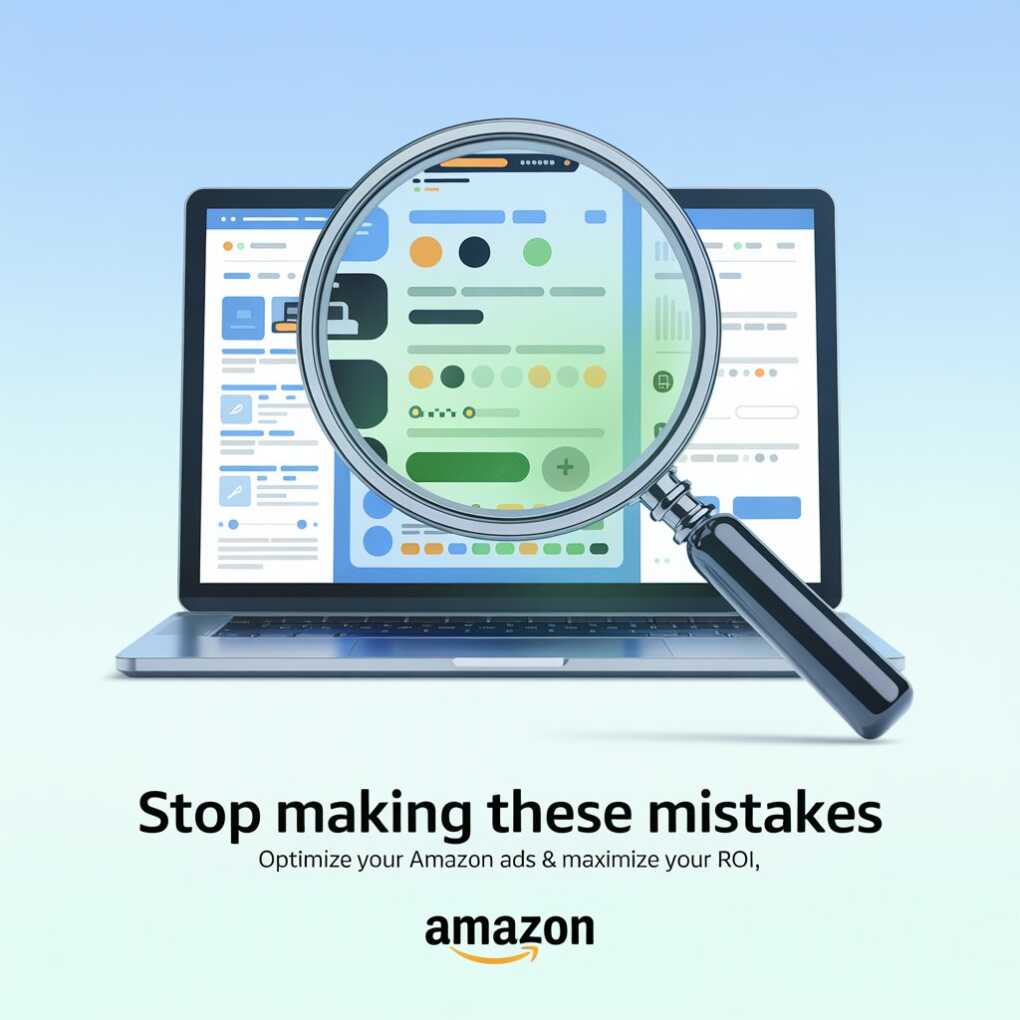Success on Amazon is never just a matter of listing a product and running ads. In 2025, with increased marketplace competition and the ongoing evolution of Amazon PPC, sellers need smarter strategies and a keen eye for common pitfalls that can sabotage their campaigns. Whether you’re a new brand owner or an established veteran, understanding the latest and most frequent advertising mistakes can mean the difference between wasted spend and a thriving operation.
Sellers are increasingly turning to expert consultancies such as Amazon PPC Agency for ongoing campaign audits, strategic planning, and continuous optimization. These agencies have seen the costly errors that occur across accounts due to basic oversight or incorrect assumptions. Their inside knowledge is instrumental in shaping winning ad strategies, not just by troubleshooting but by keeping sellers ahead of trends and changes in Amazon’s algorithm. Thorough guidance helps business owners save thousands each year while building long-term, sustainable growth.

Not Setting Clear Campaign Goals
One of the biggest mistakes sellers make is launching PPC campaigns without specific, measurable objectives. Many hope simply to see “more revenue,” but without defining what success looks like—be it increased profit for a particular SKU, ranking for high-value keywords, or improved brand visibility campaigns lack direction and are hard to optimize. Experts recommend concrete, time-bound goals tailored to business priorities. For example, “Grow sales for Product X by 20% within 30 days,” gives actionable data to refine budgets and targeting.
Ignoring Keyword Match Types
Sellers who treat all keywords as equal often lose control over who sees their ads. Exact, phrase, and broad matches interact differently with Amazon shoppers. Not understanding the nuances leads to wasted budget and irrelevant traffic. Sellers should test multiple match types, analyze performance regularly, and adjust their strategy for greater efficiency—using exact matches for tight targeting and broad matches paired with negatives for scaling reach.
Skipping Negative Keywords
One easily overlooked but vital tactic is the use of negative keywords, which prevent ads from showing up for unrelated searches. Many sellers pay for traffic on terms like “free,” “used,” or other irrelevant queries that rarely convert. Adding strategic negatives based on weekly Search Term Reports protects your budget and improves campaign precision. This underappreciated step ensures that only high-potential shoppers see your ads.
Overbidding on Unproven Keywords
Large bids on high-volume, untested keywords might deliver impressions—without conversions, however, they result in quick budget depletion. Data should always drive bid decisions. Start with conservative bids, let the campaign gather performance data, and double down only when keywords are proven to deliver sales at acceptable costs. This adaptive approach focuses investment on profitable terms and avoids unnecessary spend.
Running Ads on Unoptimized Listings
A well-structured ad campaign cannot compensate for a poor product listing. Driving traffic to pages without strong images, relevant copy, or positive reviews guarantees a high bounce rate and wasted ad spend. Sellers must fully optimize listings with compelling titles, benefit-driven bullet points, and professional photos. Enhanced content such as A+ pages and strategically managed pricing improves conversion rates making the most of every paid click.
Poor Campaign Structure
Grouping all products or keywords into a single campaign might seem easy to manage, but it damages control and data clarity. Separate campaigns based on objectives, product categories, branded vs. generic keywords, and use tightly themed ad groups for actionable insights. Clean structure means clearer data and quicker optimization cycles, leading to better decisions and greater ROI.
Ignoring the Search Term Report
Amazon’s Search Term Report is a goldmine. It reveals exactly what shoppers typed before clicking your ad and which terms drove actual sales. Sellers who ignore this data miss chances to isolate high-performing keywords or mitigate wasted spend on low-value ones. Make it a habit to review this report weekly: promote winning terms to exact match campaigns and negate irrelevant ones for leaner, more effective advertising.
Treating PPC as a One-Time Task
PPC is not “set and forget.” Campaigns require weekly or even daily adjustments to bids, budgets, and targeting. Letting campaigns run unchecked often leads to runaway costs and declining performance. Sellers should schedule regular reviews, use automation tools, and track trends to react quickly keeping ACoS (Advertising Cost of Sale) in line and maximizing results.
Relying Only on Automatic Campaigns
While automatic campaigns are useful for discovery, relying on them entirely leaves sellers at the mercy of Amazon’s algorithms, with much less control over targeting and bidding. Top performers use auto campaigns for research—and then build out manual campaigns around proven, high-converting keywords for full control and scale. A hybrid approach yields better data, lower costs, and higher sales velocity.
Giving Up Too Early
Amazon PPC requires patience and smart iteration. Many sellers get discouraged after initial losses or slow traction, shutting down campaigns that might succeed with strategic tweaks. Work closely with your agency or analyze data to identify opportunities, re-align goals, and allow campaigns time to mature. Continuous learning and testing are essential for success in a highly competitive space.
Avoiding these common Amazon advertising mistakes leads to more effective, data-driven ad campaigns and upward sales trajectories. Sellers willing to learn from expert agencies, implement regular optimization, and use every available campaign tool will outperform their competition regardless of size or experience level. In 2025, a smart, mistake-free PPC strategy is essential for anyone seeking true marketplace success.
